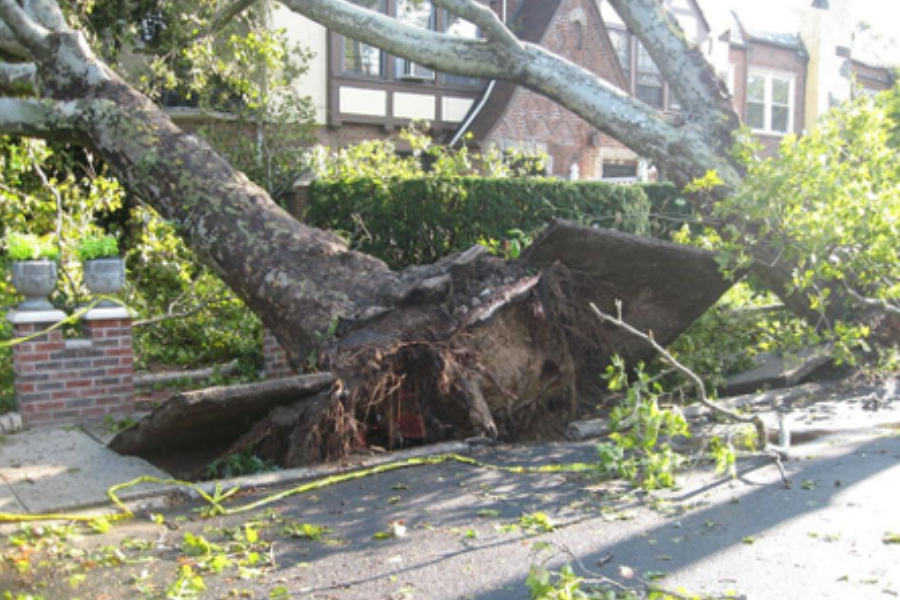
Along the edges of your property, much like a fence installed by Leeds fencing company, trees provide a shield of protection. They are nature’s masterpiece in your very own backyard. They’re calming, beautiful, and sometimes even family. So removing a tree could be an emotional experience.
A dying tree in a natural environment that does not threaten property or people can be allowed to die without human intervention. Woodpeckers and other animals later use these trees to find food and a place to nest. Hazardous trees, on the other hand, with structural flaws that might cause danger to humans or property damage, require immediate attention by a trained arborist. You and your arborist play an equally important role in ensuring your yard is free of hazardous trees.
Some trees can become extremely brittle, and their limbs are prone to breaking, posing an even greater risk of injury. Even for the most experienced tree specialists, removing such trees can be difficult. Because of this, it’s recommended that you get in touch with experts like the Same Day Tree Works team as soon as possible to have it removed.
When to remove trees
Try scratching a piece of bark from a few twigs on the tree. There may be a problem with your tree if the layer beneath the bark is brown and dry. Also, keep an eye out for:
- Cracks in the trunk and peeling bark
- Cavitations in the trunk
- Fungi that cause decay at the trunk’s base, such as mushrooms
- Branches located in the upper crown that is dead or hanging
- Scaffolding branches that are too large to climb
- Fine twigs whose ends do not produce leaves in the spring and do not have living buds
If 50{2dffb00e48aec57301df1a993438147006c3934b2d8b034529fcd518d54ef99b} of the tree is injured, it should most likely be removed. A declining tree can live for many years, but its development and look will always be restricted or irregular. It is common for trees damaged by herbicide to have deformed leaves, even though they usually recover.
Another way to assess the need for tree removal is through internal degradation. This condition is characterized by vertical fissures, seams, dead branch stubs, and massive, older wounds. When the main trunk of a tree is severely damaged, it is expected to be removed. If the injured portion is less than 25{2dffb00e48aec57301df1a993438147006c3934b2d8b034529fcd518d54ef99b} of the trunk’s circumference, the wound should heal over time, and no lasting harm should occur.
Because a tree’s life-sustaining tissue – the xylem and phloem – is located on the trunk’s outer edges, many trees may thrive for years with a hollow trunk. The problem is that the tree’s trunk strength may be weakened, making it unsafe. Generally speaking, if one-third of the tree’s interior is hollow or decaying, it should be removed.
Whenever you see any of these symptoms, you need a professional arborist to step in. We encourage you to contact an experienced professional and schedule a tree risk assessment. Tree service firms, such as the Same Day Tree Works, use certified arborists for tree operational activities. Certified arborists are considered experts in all aspects of tree care and are recommended to be contacted when assessing a tree’s health and managing insects and diseases.

